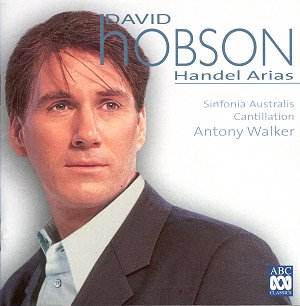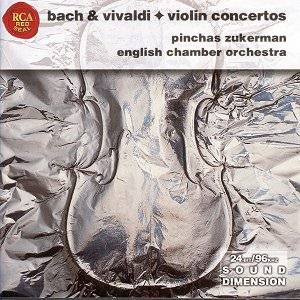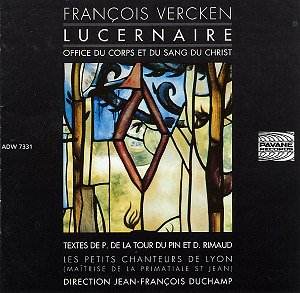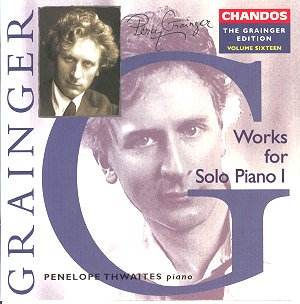 Composer: George Frederic Handel
Composer: George Frederic Handel
Works: Semele: Where’er You Walk; Serse: Ombra Mai Fu; Ode for St Cecilia’s Day: The Trumpet’s Loud Clangour; Messiah: Comfort Ye/Ev’ry Valley; Esther: Tune Your Harps; Samson: Total Eclipse!; Il Trionfo Del Tempo E Del Disinganno: Lascia la Spina; Tamerlano: Ciel Terra, Su la Sponda; Acis and Galatea: Love in Her Eyes; Athalia: Gentle Airs; Atalanta: Care Selve; Jephtha: Waft Her Angels; Tolomeo: Silent Worship; Judas Maccabeus: Sound the Alarm!
Performers: David Hobson (tenor), Cantillation, Sinfonia Australis, Antony Walker (conductor)
Recording: 2001
Label: ABC Classics ABC 472 151-2 [55’13”]
Handel’s enduring legacy in the realm of vocal music has long resonated within the United Kingdom, where his operas and oratorios have been not merely performed but cherished for their melodic richness and dramatic intensity. This recording, featuring a selection of tenor arias, is a compelling homage to his multifaceted output. The choice of repertoire deftly balances well-known gems with lesser-performed works, allowing listeners to appreciate both the familiar and the rare within Handel’s oeuvre.
David Hobson’s tenor presents a distinctive interpretation that often leans towards a nasal timbre, yet this quality is counterbalanced by a commendable clarity and incisiveness. His performance of “Ombra Mai Fu,” typically rendered by an alto, showcases an admirable grasp of the aria’s lyricism, though the tenor’s voice occasionally lacks the warmth that is typically associated with this lush piece. The opening “Where’er You Walk” encapsulates Hobson’s ability to navigate the complexities of Handel’s melodic lines, revealing a keen attention to phrasing and dynamic contrast that underscores the emotional content of the text.
The orchestral accompaniment provided by Sinfonia Australis, under the baton of Antony Walker, is crisp and alert, favoring brisk tempos that align well with contemporary performance practices. This is particularly evident in “Sound the Alarm!” where the urgency of the music is mirrored in the ensemble’s vigorous playing. The twelve-voice choir of Cantillation complements Hobson’s tenor with precision, especially in the choral sections of “The Trumpet’s Loud Clangour,” where the interplay between soloist and chorus is executed with both clarity and enthusiasm.
Recording quality is commendable, allowing for a transparent balance between voice and orchestra. Each instrumental color emerges distinctly, with special mention to oboist Linda Walsh, whose contributions in “Tune Your Harps” and “Ciel Terra, Su la Sponda” are elegantly articulated, enhancing the lyrical beauty of the arias. The engineering captures the vibrancy of the ensemble, although some moments could benefit from a slightly warmer acoustic to better showcase the richness of Handel’s orchestration.
Hobson’s interpretation includes decorative elements in the da capo sections, a nod to historical performance practices that enhances the vitality of the arias. However, the decision to present “Silent Worship” with Arthur Somervell’s lyrics, rather than in its original context, raises questions about the integrity of the performance choices. This artistic license, though well-intentioned, may distract those who seek a purist approach to Handel’s music.
Evaluating this recording within the landscape of Handel interpretations, it stands out for its engaging performances and thoughtful repertoire selection. While it may not supplant historically significant recordings featuring renowned tenors such as Andreas Scholl or Ian Bostridge, it offers a refreshing perspective that is both accessible and enjoyable. Hobson’s commitment to the text and musical line, combined with the dynamic playing of Sinfonia Australis, ensures that this disc will resonate with both seasoned Handel aficionados and newcomers alike. The warmth of Handel’s music is aptly captured here, making it a valuable addition to the discography of this beloved composer.



